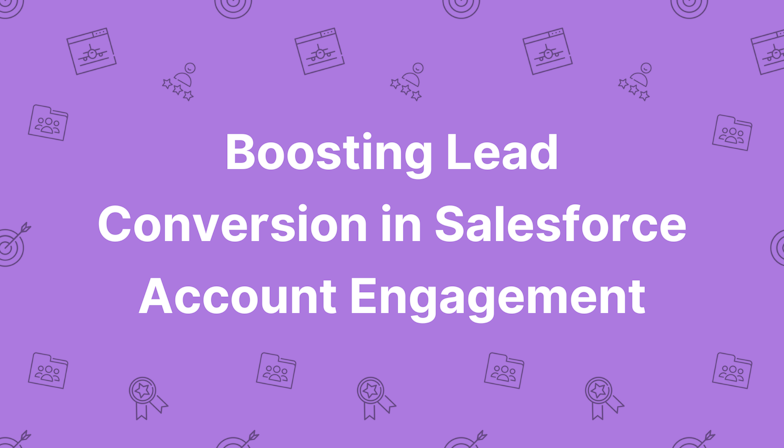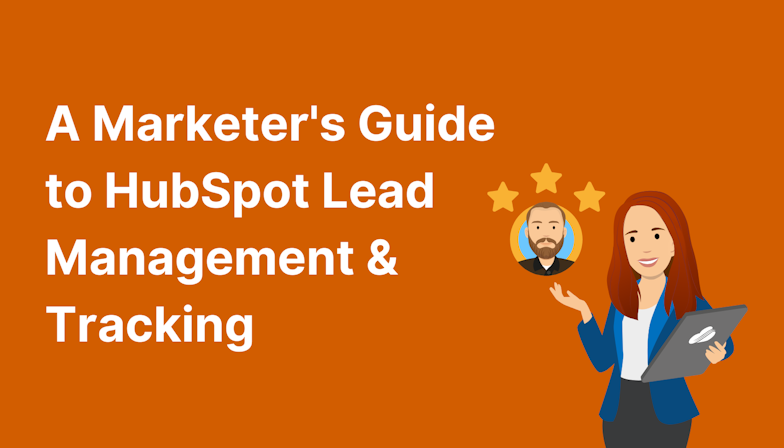Out of the box, HubSpot gives marketing teams a lot of power. But as operations expand, gaps appear.
You may find:
Inconsistent data that affects segmentation and reporting.
Native integrations that only share part of the picture.
Manual exports and imports are creeping back into your team’s routine.
These issues tend to surface as teams mature. The more you do in HubSpot, the more you need it to connect with the rest of your tech stack and handle more complex processes.
Custom development bridges this gap. It allows HubSpot to be configured around how your organisation operates. For example, building a bespoke integration, cleaning up your data structure, or creating a workflow that does what three others currently do separately.
When HubSpot reflects your business processes and marketing goals accurately, the entire system becomes easier to manage, scale, and report from.
There are numerous benefits to custom HubSpot development, but here are the top five.
1. Scaling marketing without more manual work
Particularly in the case of enterprise businesses, campaigns can be highly complex, and so are the dependencies between systems and teams. Without the right automation, things slow down, and it’s difficult to prove marketing ROI.
Custom HubSpot development allows you to automate beyond the standard workflow builder. Developers can create logic that factors in multiple objects, time delays, exceptions, or cross-platform actions. That might mean:
Automatically creating deals or tickets when certain marketing conditions are met.
Syncing campaign data to external platforms without manual uploads.
Standardising lifecycle stage updates across contacts and companies.
The benefits are both speed and consistency. When every campaign follows the same structure, your team doesn’t need to reinvent the wheel each time.
Of course, it also helps reduce human error. The less manual input required to keep campaigns running, the fewer things that can go wrong, and the easier it becomes to scale activity without scaling headcount.
2. Clean, reliable data you can trust
Most marketing challenges trace back to data. If reports don’t add up, automation behaves unpredictably, or sales question the quality of leads, it’s usually due to data errors and inconsistencies.
Without a clear structure, rules, and field mappings, even a powerful platform like HubSpot starts producing unreliable outputs.
A HubSpot development partner can help implement stronger data hygiene practices by:
Setting validation rules and naming conventions.
Automating deduplication and data standardisation.
Building governance workflows that prevent errors before they spread.
They can also help you design your data architecture properly, defining relationships between contacts, companies, and deals in a way that supports accurate reporting and segmentation, and connecting your marketing platform with external CRMs like Salesforce.
With clean data, you can finally trust what your dashboards are telling you. Campaign performance becomes measurable, and ROI discussions become easier to lead.
3. Seamless integrations that align marketing & sales
To prove ROI, you need to connect marketing data with sales outcomes and, ideally, with customer and revenue data too.
While HubSpot offers a strong set of native integrations, they don’t always meet the specific needs of your business. Custom integration can bridge those gaps, building connections that transfer data accurately and reliably in both directions.
Examples include:
Two-way syncing between HubSpot and Salesforce, so campaign engagement directly links to pipeline.
Integrating HubSpot with billing or subscription systems for revenue reporting.
Pulling product usage data into HubSpot to trigger lifecycle campaigns.
When these integrations are designed properly, the handoff between marketing and sales becomes seamless. Marketing can see the revenue impact of its campaigns. Sales can see the full engagement history of every lead. Leadership gets a single version of truth across teams.
4. Reporting that reflects real results
Marketing leaders spend a lot of time justifying numbers. When data is scattered, reporting becomes a time-consuming exercise full of explanations rather than insights.
Custom development changes that. By connecting HubSpot directly with your business intelligence tools or building advanced dashboards within HubSpot, you can get a clearer, faster view of performance.
This could include:
Attribution models that mirror your sales cycle.
Dashboards combining campaign, CRM, and revenue data.
Automated alerts when performance deviates from expected benchmarks.
Instead of explaining gaps in the data, you can focus on what’s driving the pipeline, where conversion is dropping, and which campaigns are delivering the best return.
5. Built for growth, not just for now
HubSpot development isn’t just about solving today’s problems. It’s about setting up your account to handle what’s coming next. Whether it’s building modular workflows and templates that can be reused, implementing version control and documentation, or ensuring data structures are ready for future automation, custom development takes care of it.
It also means factoring in compliance and security from the start; things like access permissions, data retention, and audit trails that align with your governance standards.
A well-developed HubSpot setup evolves naturally as your business grows, giving your team confidence that the platform will keep up.





